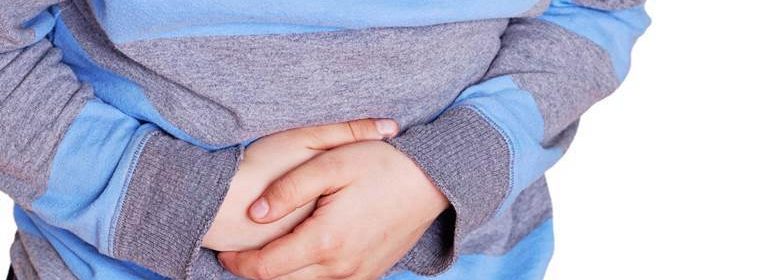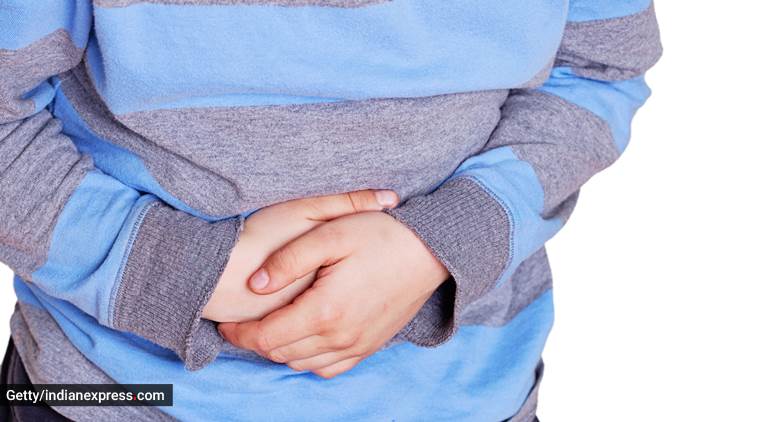Allied new technologies inc

Blood in toddler stool is mostly caused by anal fissures, due to constipation. Blood due to fissure isn’t generally serious and can be treated at home.
By Dr Rahul Nagpal
Seeing blood in your toddler’s stool can be alarming, but the causes for it may not always be serious. In fact, it’s fairly common.
Causes of blood in stool
Anal Fissure: These are tiny tears in the anus, usually caused by hard stools. They are the most common cause of blood in a toddler’s stool.
Strep Skin Infection: Skin infection around the anus could be another reason for blood-streaked stools.
Bacterial Diarrhea: If your baby has bloody diarrhea, it may be caused by a gut bacterial infection. Examples are Shigella, Salmonella, E.Coli or Campylobacter. Rotavirus is a common viral infection. Giardia lamblia is a common parasite that affects people of all ages.
Cow’s Milk Protein intolerance: It starts within the first two months of life. It causes loose, slimy stools. Stools can be blood-streaked.
ALSO READ | Watch: The magic of turmeric and other immunity-boosting tips, from a nutritionist
Inflammatory bowel disease: Inflammatory bowel disease (IBD) is a chronic condition that causes inflammation in the intestine. There are two main types of IBD, both of which involve abnormal immune system functioning:
-
Crohn’s disease
-
Ulcerative colitis
-
Common symptoms of IBD include:
-
Bloody diarrhea
-
Mucus in the stool
-
Weight loss
-
Low energy levels
-
Abdominal cramping and pain
Anal abscess and fistula: Toddlers with a history of frequent constipation or diarrhea are at increased risk of developing abscesses. Both can be very painful.
ALSO READ | 10 ways to build immunity in children
Polyps: Intestinal polyps are more common in adults than children.
Red/Black Stool (other than blood)
-
Red drinks
-
Berries
-
Beetroot
-
Icing containing red food colour
-
Some Drugs
-
Foreign objects like crayons
ALSO READ | Worried about your child’s delayed immunisation? Here’s what you need to know
Treatment
Treatment depends on the cause of the bleeding. Home remedies can help relieve discomfort caused by anal fissures and treat and prevent constipation.
Prevent constipation
The best way is to use the “three F’s,” which stand for fluid, fibre and fitness. Regular age-appropriate exercise can also help to keep the bowels moving more regularly, which also lowers the risk of anal fissures.
ALSO READ | How to protect your child from infections in today’s world
Keep the area clean
If your child has anal fissure, cleaning the area around the anus after bowel movements can help reduce the risk of infection. Gently wash and dry the area after every bowel movement.
Sitz bath: It is a shallow, warm-water bath used to cleanse the perineum.
Apply cream or petroleum jelly: Applying petroleum jelly or a zinc oxide cream around the anus can help in healing the anal fissure.
Antimicrobials: Antiparasitic and antibiotic medications will be prescribed by your paediatrician if necessary.
When to see a pediatrician
Consult your child’s paediatrician immediately if your child appears to be very sick or has:
-
Black or tarry stool
-
Blood presence with diarrhoea
-
Stomach pain
-
Fainting or too weak to stand
-
Stomach pain and excessive crying
-
Skin bruises not caused by an injury
-
Age less than 12 weeks
-
After an injury to anus or rectum
Finally, blood in toddler stool is mostly caused by anal fissures, due to constipation. Blood due to fissure isn’t generally serious and can be treated at home. However, if there is any blood in the toddler’s stool, one should always consult the child’s pediatrician.
(The writer is Director & HOD – Paediatrics & Neonatology, Fortis Flt. Lt. Rajan Dhall Hospital, Vasant Kunj)
? The Indian Express is now on Telegram. Click here to join our channel (@indianexpress) and stay updated with the latest headlines
For all the latest Parenting News, download Indian Express App.
Source: Read Full Article



